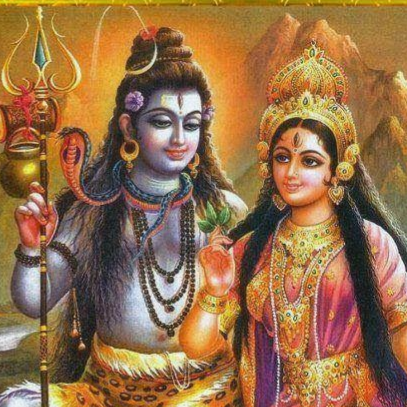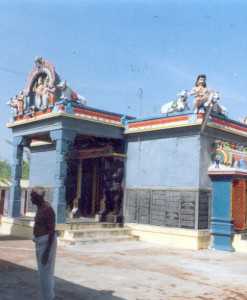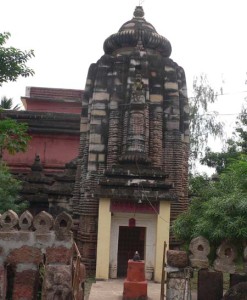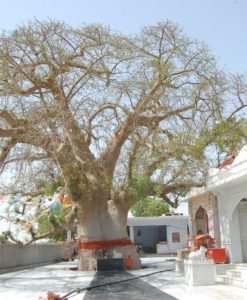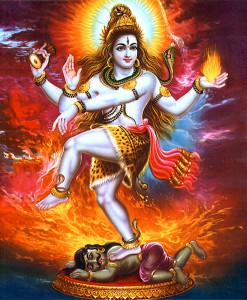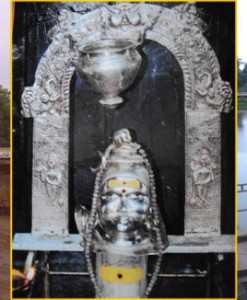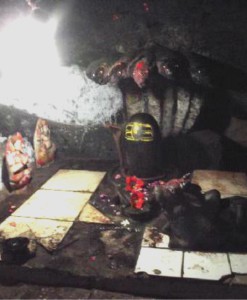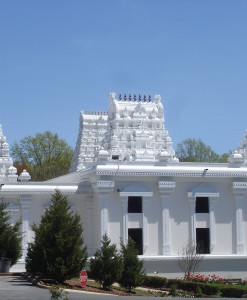No products in the cart.
The Paschimesvara Shiva Temple is situated in the Badu Sahi region in Old Town of Bhubaneswar, often referred to as the temple city of India. It gets its name from its south western embankment location on the Bindusagar Lake. Some of the sculptures have been distorted over the period of years and all the features have become difficult to be deciphered. The images also were weather beaten that are not very distinct.
Paschimesvara Shiva Temple, Orissa;
- Temple History
- Architecture
- How To Reach The Temple
- Daily Poojas And Festivals
- Videos
- Additional Information
The temple was established as early as the 8th century. The temple is in a poor condition. A flight of steps that leads to a heap of stones suggests that the temple was originally faced towards the west. Its architectural features of the detached sculptures provide important information about the shrine. The ancient sculptures are that of Ganesa, Parvati, Karttikeya and Narsimha. Four of the detached sculptures are in ruins and that includes a four armed Parvati with a rosary and nagapasa in her upper right and left hand respectively. The sculptures of Ganesa might belong to the 7th or 8th century.
The temple is surrounded by the Markendesvara Shiva Temple in the west at a distance of 15.5 meters, Akhdachandi in the northwest corner at a distance of 2 meters, Bindusagar in the east at a distance of 1.5 meters and private residential buildings in the south. The stones that make up the temple remnants are mostly sandstone and laterite. The construction style is dry masonry.
Four detached sculptures are kept in the northern side of the ruins;one is a four armed Parvati holding rosary in her upper right hand and nagapasa in upper left hand. At the base the deity is flanked by two female attendants and two animals, on either side. On the top there are two flying vidyadhara on either side carrying garland in both hands. The second ditched sculpture is a four armed Ganesa sitting over a decorated pedestal, supported by an atlantad gana at the centre, which is flanked by two jackfruits. The deity is holding parsu in his upper left hand and modaka patra in lower left hand, while his upper right hand is holding a rosary and lower left hand is broken. Since the mouse mount is missing the deity may be ascribed to the 7th – 8th century AD. The third detached sculpture is a two armed Kartikeya sitting on a peacock in lalitasana. The fourth detached sculpture is a four-armed Narasimha image in his ugra form standing on a decorated pedestal. The image is weather beaten and features are not very clear. In front of the Narasimha is a deulacharini.
By Road: The Paschimesvara Shiva Temple is situated at Bhubaneswar in Orissa state of India. Bhubaneshwar is well connected to other major cities of the country via regular buses.
By Rail: It is well connected through nearest Bhubaneshwar railway station
to major cities railway stations like Delhi, Agra, Mumbai, Chennai, Ajmer, Pali, Jaipur, Ahmedabad.
By Air: The nearest Airport is Bhubaneswar Airport which is well connected with regular domestic flights to Delhi, Mumbai.
Temple remains open from 6am to 9 pm. In this temple major rituals of Lord Shiva are performed. Mahashiva Ratri is celebrated at a grand scale in this temple. Kartika-purnima, Raja Sankranti, and Jalasaya ceremony are also celebrated on a grand scale. Thread ceremony, mundana, marriage ceremony are also performed.
The temple is surrounded by the Markendesvara Shiva Temple in the west. Markandeshwar Temple is a place where sage Markandeya meditated on lord Shiva. He saw a small child on a banyan leaf floating on the sea and wondered upon. Finally lord Vishnu assured him from the doubt.

